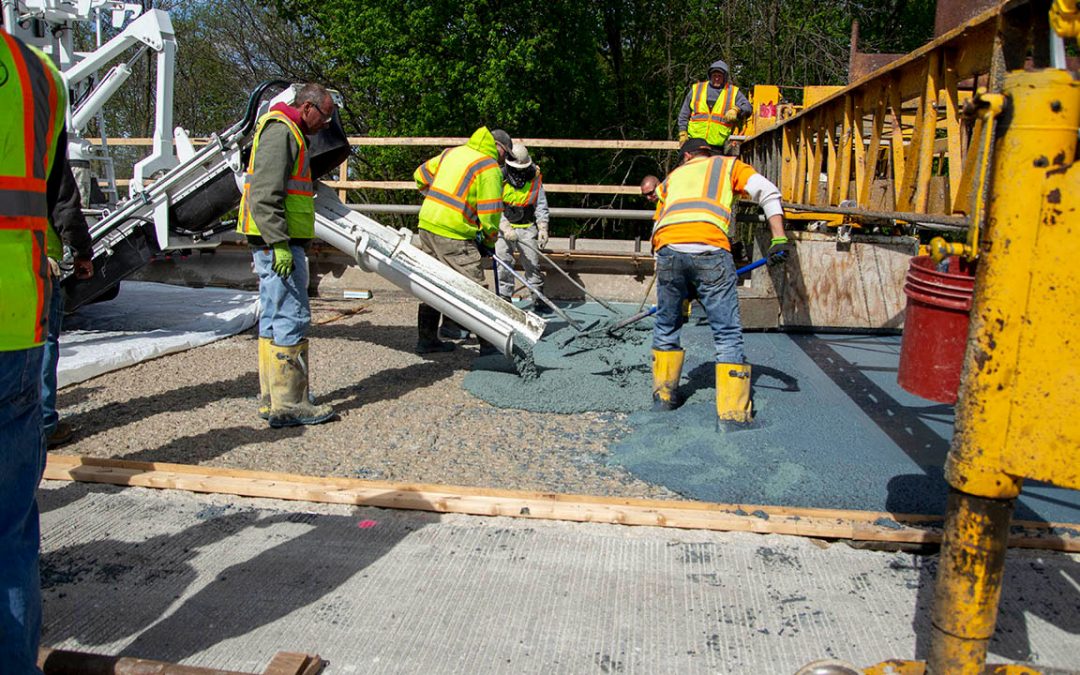Common Types Of Admixtures Used In Concrete
Sometimes a project needs more than regular concrete – concrete with help. Admixtures are used in concrete to increase or decrease the durability, workability, and strength of a concrete mixture. Below are five common mixtures used for jobs to ensure the mixture meets required specifications.
1. Water-Reducing
Water-reducing admixtures are usually used to lower the water content to obtain a higher slump without adding water. When used, the concrete mixture has a lower water-cement ratio. This generally results in a higher strength without adding more cement. Water-reducers are effective for pumping since the slump increases without diluting the concrete mixture. They’re also useful to reduce the water needed when pouring in hot weather.
2. Retarding
A retarding admixture slows the rate at which concrete mixtures set by an hour or more. Retarders are frequently used in hot weather to counteract the increased setting rate and help keep concrete workable for longer to ensure a nice finish.
3. Accelerating
One of the most common concrete additives for cold weather is an accelerator. These increase the set rate and are generally used in cold weather or climates prone to cold temperatures during the winter.
4. Air-Entraining
Air-entraining concrete admixtures produce tiny air bubbles in concrete mixtures, increasing the resistance to damage from the freeze-thaw cycle.
5. Corrosion-Inhibiting
Corrosion-inhibiting admixtures are used to minimize the corrosion rate of reinforcing steel in concrete. This can be used in many types of concrete but is most common in places exposed to large amounts of chlorine.

